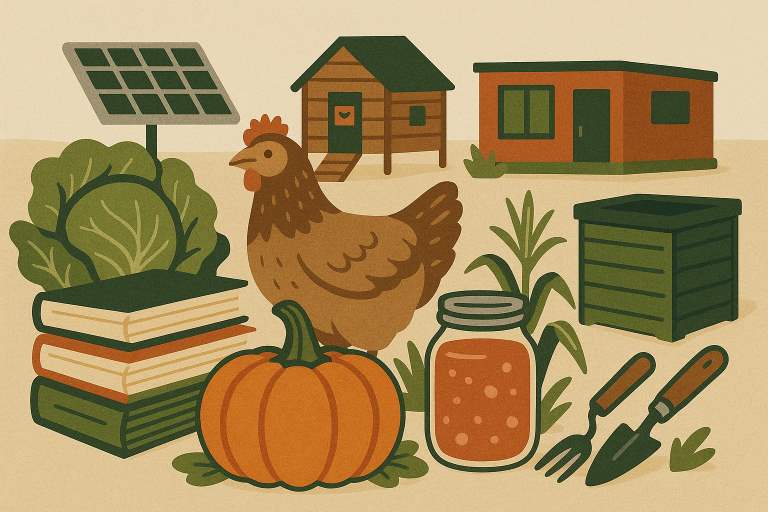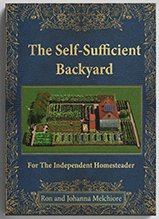Is starting a MICRO FARM in your future?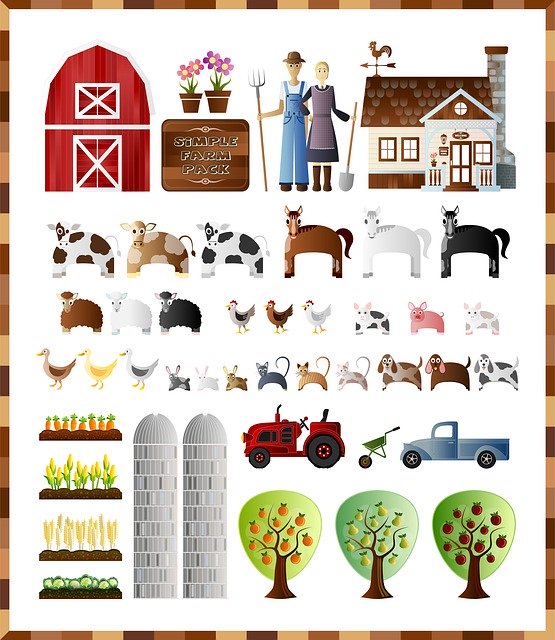 How will you build your Micro Farm? How will you build your Micro Farm?First, what is a 'micro farm'? Well, the 'farm' part implies that micro-farming includes the raising of both livestock animals and plant crops to create a profit.
Carefully Curated Resources For The Homesteader and Prudent Property Owner The world seems to be a little unsettled these days. I'm always looking for ways to make New Terra Farm more self-sufficient and productive. Here's a few of the best ways I've found to make self-sufficiency happen. Useful Homesteader Resources Micro Farms Can Be Any Size
The good news is, it is possible to micro-farm successfully, on almost any scale. The size of the enterprise may change but the principles remain the same:
Crops and Livestock for your Micro FarmOn other pages I have talked about the limitations we faced when we started New Terra Farm. We didn't have a lot of start-up capital, to pay for equipment, or new buildings, or livestock.
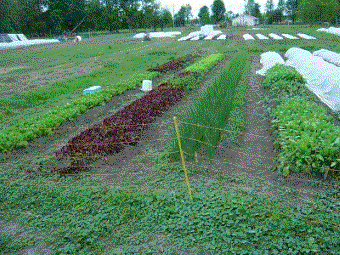 Our market garden eventually grew to an acre Our market garden eventually grew to an acreWe raised meat chickens on pasture. In many ways, chickens are a
perfect micro farm livestock animal. They don't require a huge
investment in equipment - our portable coop for 100 birds cost us about
$150.
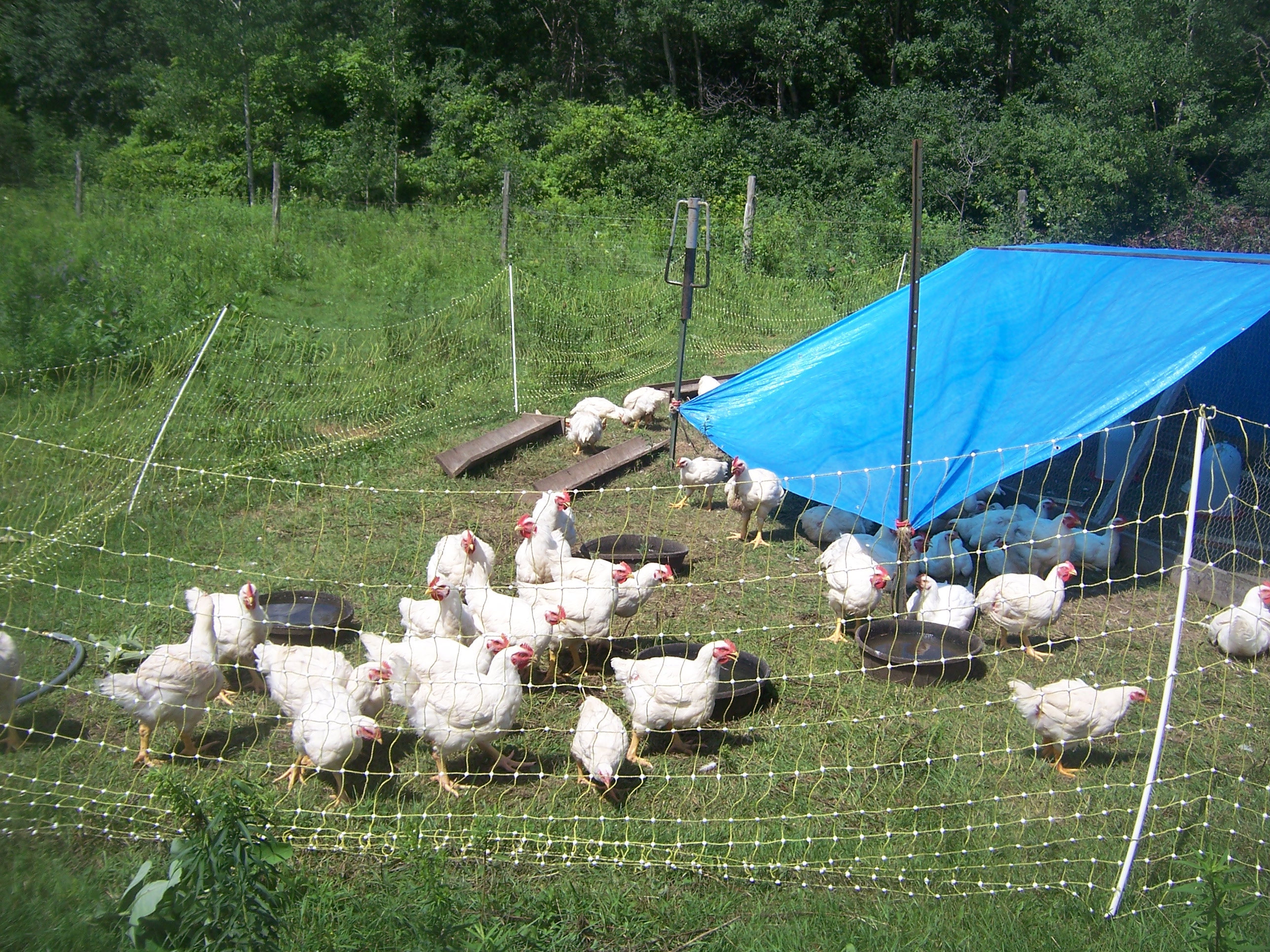 We raised pastured poultry in portable pens We raised pastured poultry in portable pensWe raised pastured pork. Raising pigs on pasture is a little
trickier than raising chickens, but we eventually evolved a good method
to manage the piggies. Now they take no more work than the chickens,
perhaps 10 minutes twice a day to feed and water them.
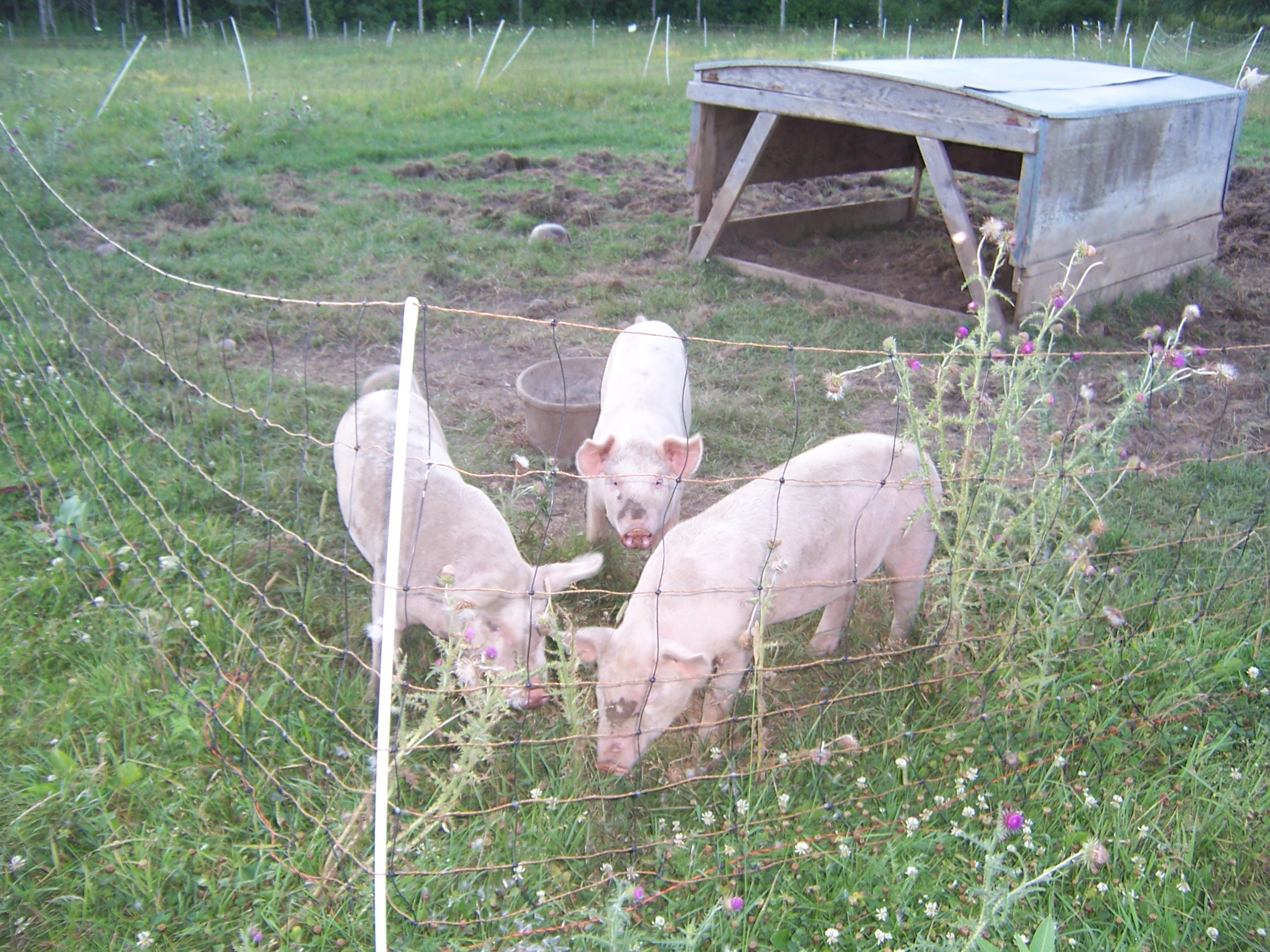 Happy pigs on pasture Happy pigs on pastureFree Resources for Your Micro Farm
University of Minnesota Extension. Click on 'Learn About' to find a compilation of information ranging from animal husbandry to crop production to farm finances. Sustainable Agriculture Research And Education (SARE). SARE explains their mission as 'Farmer-driven innovations in agriculture that improve profitability, stewardship and quality of life'. The Resources and Learning link provides access to guides, books and videos, all free for the small grower. SARE will also funds grants for research by small farmers. For the backyard farmerI didn't write this one, but it's an excellent resource for the homesteader or small property owner anyway! The Self-Sufficient Backyard has literally hundreds of plans and practical tools and techniques for the serious homesteader.Written by a couple who have actually done the work. From growing food, to medicinal herbs, solar electricity, root cellaring, growing small livestock, and selling select produce as a side hustle, plus many more money-saving and money-making ideas, this book is an encyclopedia of growing and building knowledge. A must-have in your homestead library. I only write about topics I have personal experience with. The authors of The Self-Sufficient Backyard have done the same. Highly recommended! So I wrote some books...Based on 20+ years of gardening and farming experience, I wrote some books that show you practical approaches to gardening and raising small livestock. If you want to fill your freezer and cold storage with your own healthy, nutritious food, and provide some real food security for your family, it might be worth a look here. I just put together two special book deals:
|
Recent Articles
-
Farm grown reviews of products recommended by New Terra Farm
Dec 04, 25 06:26 AM
Find great farm and garden products in my farm grown reviews -
Best Chicken Coop and Accessories for Small Farms and Homesteads
Nov 30, 25 09:18 AM
Looking for the best chicken coop? Here are the top coops, accessories, nest boxes, and gear to build a safe, productive poultry setup. -
Community Supported Agriculture Marketing Ideas To Sell Out The Season
Nov 05, 25 05:18 AM
Authentic Community Supported Agriculture marketing ideas to grow loyalty, boost sign-ups, and sell out your CSA every year
